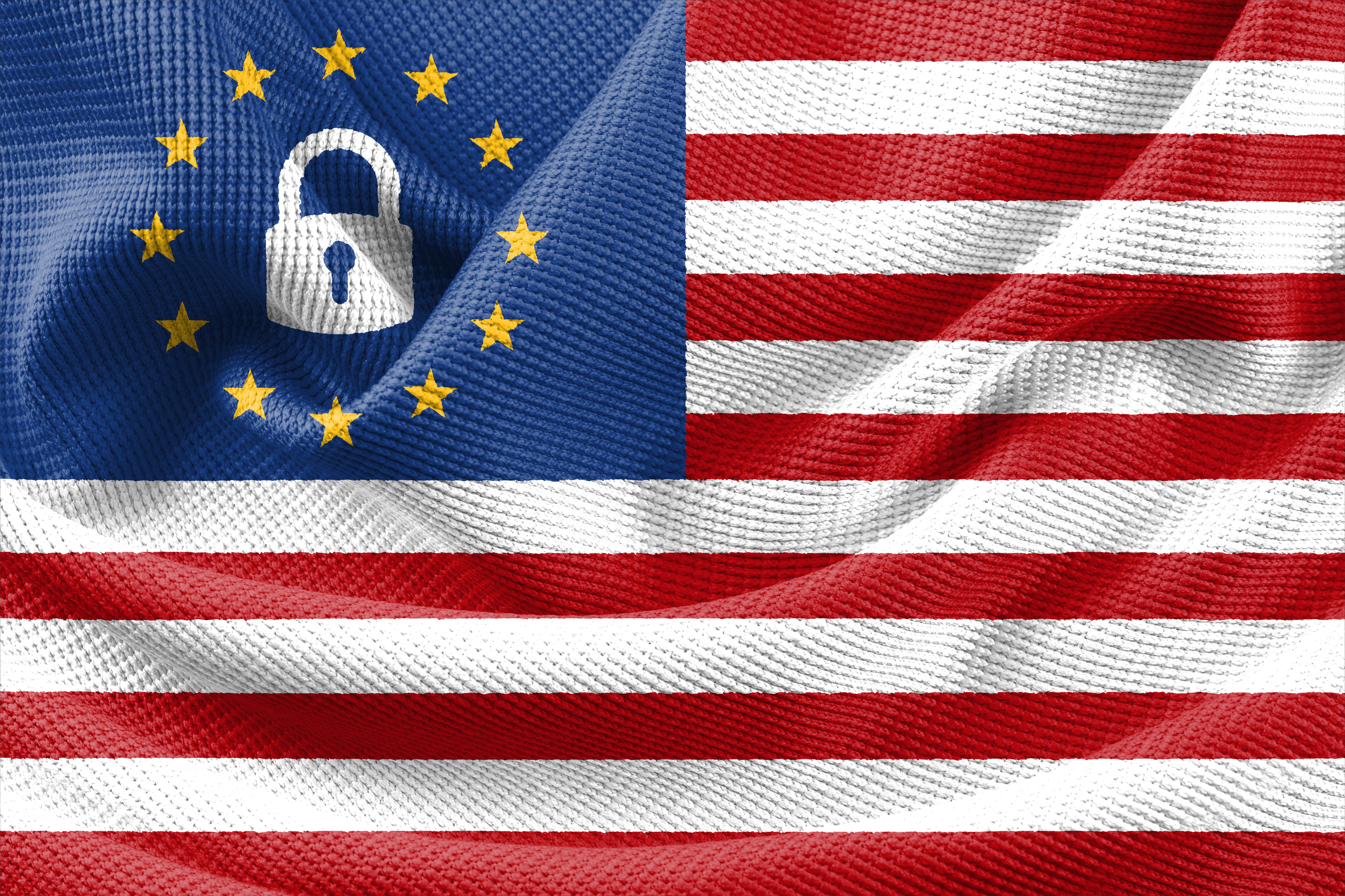The estimated retail value of U.S. music and audio products is $7.5 billion.1 While over half of these sales are attributed to the top ten music equipment manufacturers, the industry is highly competitive, with 125 companies having revenues of over $6 million.2
Despite being in such a competitive market, very few music equipment manufacturers are using the patent system to gain a competitive advantage. Yamaha is the big exception. From 2007 through 2009, 296 patents were issued to Yamaha.3 For a large corporation in an innovative industry, that number seems pretty reasonable. However, over that same three year period, the other top ten manufacturers each were only granted an average of eight patents.4
The mid-size and smaller manufacturers have been even less active in the patent arena. We looked at the ten manufacturers in the middle of the top 125—those with annual sales of around $25 million. One manufacturer in that group was issued a single patent in the 2007-2009 time frame.5 The rest were patentless.6 The bottom ten manufacturers fared only slightly better. Nine of these ten manufacturers were not issued patents during this time frame, and the remaining manufacturer was granted three patents.7
This ambivalence towards patents is akin to a music publisher only registering copyrights for a fraction of its catalog. A patent is the only way to exclude others from copying an invention. This right to exclude starts the day the patent is issued, and lasts for 20 years from the date the application was filed. In the music industry, where an innovation can become a mainstay for decades, this lengthy right to exclude can be invaluable.
While brand names certainly carry a lot of weight, musicians are notoriously discriminating. Companies that put out high quality instruments and equipment can achieve success, in spite of the large number of established heavy-hitters already present. The ability to offer a quality product based on an innovation that no one else can copy is a huge advantage.
To be sure, some innovation may be protected as a trade secret. While the cost of maintaining a trade secret is generally much less than that of applying for a patent, a trade secret also provides much less protection than a patent. A trade secret does not protect against reverse engineering or independent invention. If an unpatented product is sold on the market, a sophisticated buyer can copy the innovation with no repercussions. A patent, however, can be enforced against such copiers, and even against those who may have independently developed the same idea.
In an industry known for innovation and creativity, companies would be well served to protect these innovations. Taking steps to build a patent portfolio can help protect, or even expand your market share. Especially when so few companies seem to recognize the competitive advantages offered by patents.
1Source: Music Industry Census at www.musictrades.com. Based on 2008 sales data.
2Source: The USA Top 125 Sales ranking at www.musictrades.com. Based on 2008 sales data.
3Source: Benesch research at www.uspto.gov
4Id.
5Id.
6Id.
7Id.
